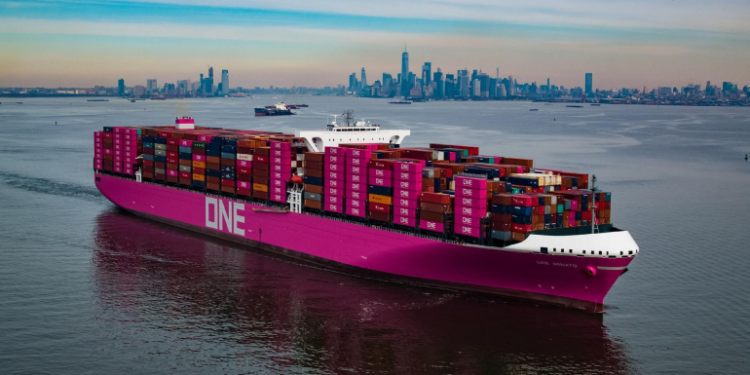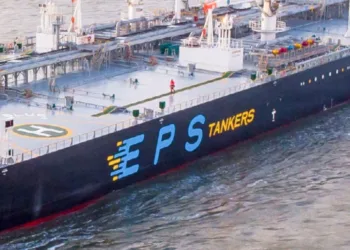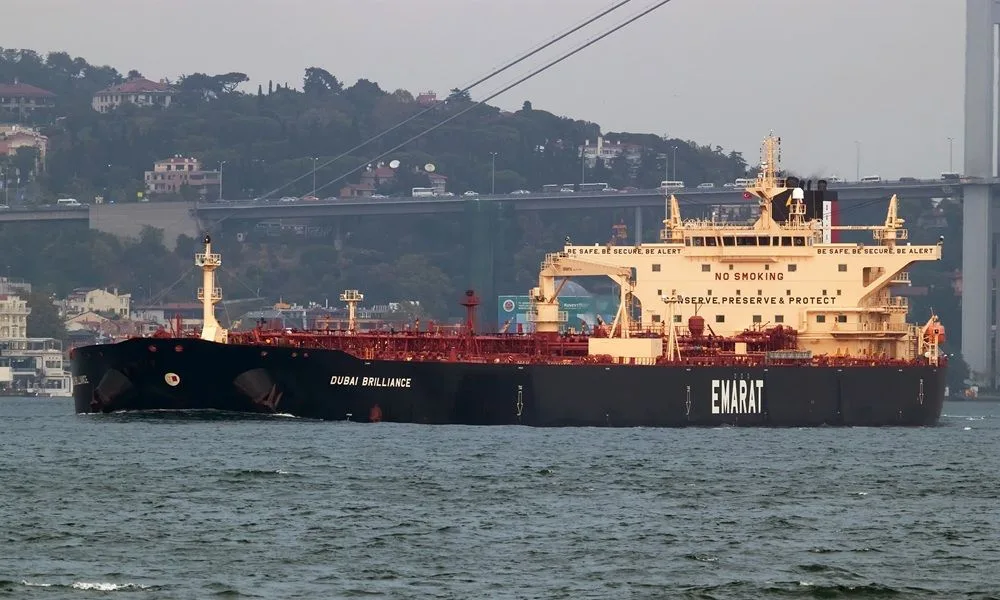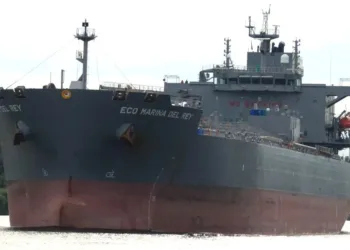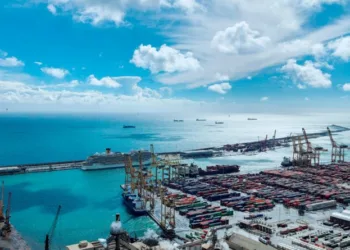ONE’s 2030 Strategy: Dual-Focused Investment for Sustainable Shipping Growth
ONE’s 2030 strategy entails a comprehensive investment plan aimed at bolstering sustainable shipping while enhancing the entire shipping value chain. This includes the expansion of terminal and inland services alongside a digital transformation. With a substantial investment of $25 billion, ONE anticipates boosting its standing capacity by over 66% by 2030, translating to approximately 200,000 teu in yearly capacity growth throughout the decade.
Currently, ONE has 41 ships on order, totaling 520,000 teu in capacity. However, industry reports suggest significant room for growth, with projections indicating potential fleet expansion to reach 3 million teu by 2030. This expansion is part of ONE’s strategy to capture greater market share, albeit with reliance on market dynamics and the assumption of competitors ceding market space.
Analysts note that the strategy appears to follow a path of scaling up existing operations rather than radically altering the company’s operational structure. This includes enhancing door-to-door operations and exerting control over the supply chain through terminal investments. With fleet growth expected to outpace market growth, ONE aims to achieve an annual growth rate of 10% until 2030, despite anticipated challenges in the supply-demand balance.
While the company emphasizes customer service enhancements, it refrains from adopting a hub-and-spoke system akin to competitors like Hapag and Maersk’s Gemini Cooperation. Instead, ONE remains committed to THE Alliance, of which it is a member.
In terms of financial objectives, ONE aims for an average return on equity (ROE) of 10%, deemed reasonable over the planning horizon. The strategy encompasses both operational and financial dimensions, with a focus on leveraging existing strengths while diversifying offerings and expanding market share.
Overall, ONE’s 2030 strategy underscores a commitment to sustainable growth, emphasizing investments in infrastructure, digitalization, and customer service enhancements to solidify its position in the evolving maritime landscape



